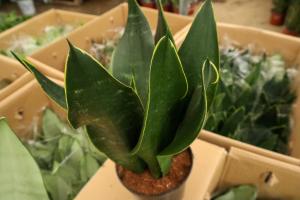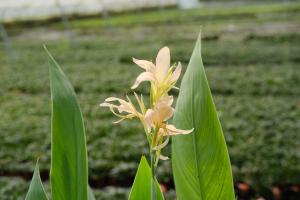Do You Leave House Plants in Plastic Pots?
House plants are a great way to add some greenery to your indoor space. They not only add beauty to the decor but also have numerous health benefits. However, many people are unsure if they should leave their house plants in plastic pots. In this article, we will delve into the pros and cons of leaving house plants in plastic pots.
Pros of Leaving House Plants in Plastic Pots
Plastic pots are lightweight and easy to transport. If you need to move your house plant around to adjust to sunlight or to protect it from extreme temperatures, a plastic pot is the way to go. Also, plastic pots are relatively inexpensive and widely available, making them a popular choice for many indoor gardeners.
Another benefit of plastic pots is that they are waterproof, which means they will not absorb any water that you pour into them. This is important because it means the soil will remain moist, and the roots will not dry out. Plastic pots also retain moisture better than clay pots, which can be a big advantage in dry climates or during the winter months when humidity levels are low.
Cons of Leaving House Plants in Plastic Pots
The primary disadvantage of leaving house plants in plastic pots is that plastic does not allow for air circulation. When soil is compacted in a plastic pot, there is little to no air movement around the roots. This can lead to root rot and other diseases that can kill the plant. Additionally, plastic pots are not biodegradable, meaning they will never decompose, leading to landfill waste.
Another con of plastic pots is that they can become discolored over time, making them less aesthetically pleasing. They can also become brittle and crack, especially with exposure to sunlight, which can lead to leaks and spills.
Alternatives to Plastic Pots
If you are looking for an eco-friendly option for your indoor plants, there are plenty of alternatives to plastic pots. Clay pots are an excellent choice, as they allow for air circulation and are biodegradable. Terra cotta pots are also a popular choice and can help regulate soil moisture levels. Another option is to look for biodegradable pots made from materials such as coconut coir or bamboo fibers. These pots may be more expensive than plastic pots, but they are a sustainable and eco-friendly choice.
Tips for Caring for Indoor Plants
Regardless of which type of pot you choose for your indoor plants, they all require proper care to thrive. Here are some tips to keep your indoor plants healthy:
Choose the right pot size and soil type for your plant.
Water your plants regularly, but do not over-water them.
Ensure the plant gets the right amount of sunlight and temperature.
Fertilize your plants regularly.
Clean the plant leaves regularly to prevent pest infestations.
Conclusion
In conclusion, leaving house plants in plastic pots has its pros and cons. While plastic pots are lightweight and inexpensive, they have the potential to harm your plant's root system. However, there are plenty of eco-friendly alternatives to plastic pots that are sustainable and aesthetically pleasing. Ultimately, the right choice of pot depends on your preferences and needs, as well as the needs of your plants.

 how many times do yo...
how many times do yo... how many planted tre...
how many planted tre... how many pine trees ...
how many pine trees ... how many pecan trees...
how many pecan trees... how many plants comp...
how many plants comp... how many plants can ...
how many plants can ... how many plants and ...
how many plants and ... how many pepper plan...
how many pepper plan...































